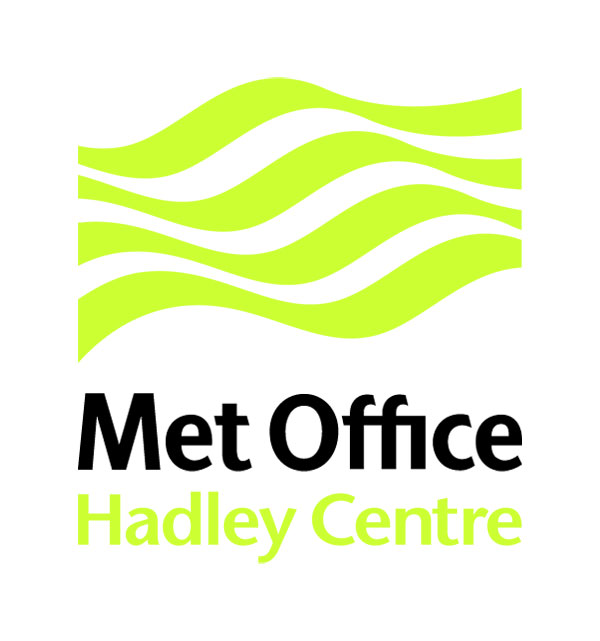
Maintained by: Rachel Killick
Last updated: 17/02/2017
Hosted by: Met Office Hadley Centre for Climate Change
| Met Office Hadley Centre observations datasets |
| > Home > EN4 > |
This page contains the data sources and acknowledgements for EN.4.2.0. The main data downloaded occurred in early 2016. Subsequent updates are performed using data from Argo and GTSPP (see below for details of these projects).
Much of the data were obtained from the World Ocean Database '13 (WOD13; Boyer et al. 2013; http://www.nodc.noaa.gov/OC5/WOD13/), including any updates to the database that were available at the time.
From 1990 the WOD data are supplemented with profiles collected by the Global Temperature and Salinity Profile Project (GTSPP; U.S. National Oceanographic Data Center: Global Temperature–Salinity Profile Programme. June 2006. U.S. Department of Commerce, National Oceanic and Atmospheric Administration, National Oceanographic Data Center, Silver Spring, Maryland, 20910. Accessed 2013 onwards, http://www.nodc.noaa.gov/GTSPP/).
From 2000 Argo data downloaded from the global data assembly centres (Coriolis or USGODAE) are used. Argo data were collected and made freely available by the International Argo Project and the national initiatives that contribute to it (http://www.argo.net). Argo is a pilot programme of the Global Ocean Observing System.
Additional Arctic data were included in EN4. The data were collated as part of the Arctic Synoptic Basin-wide Observations (ASBO) project by Takamasa Tsubouchi at NOCS. This dataset is a collection of profiles from other sources. These are:
The dataset makes use of the results of quality control procedures that use altimeter data developed by Stephanie Guinehut, who also provided advice on the interpretation of the results. The quality control results were obtained from ftp://ftp.ifremer.fr/ifremer/argo/etc/argo-ast9-item13-AltimeterComparison/. The technique is described in Guinehut et al. (2009).
Boyer, T.P., J.I. Antonov, O.K. Baranova, C. Coleman, H.E. Garcia, A. Grodsky, D.R. Johnson, R.A. Locarnini, A.V. Mishonov, T.D. O'Brien, C.R. Paver, J.R. Reagan, D. Seidov, I.V. Smolyar, M.M. Zweng, 2013, World Ocean Database 2013. Sydney Levitus, Ed.; Alexey Mishonov, Technical Ed.; NOAA Atlas NESDIS 72, 209 pp.
Curry, R., 2001, HydroBase 2 - A database of hydrographic profiles and tools for climatological analysis.
Guinehut, S., C. Coatanoan, A.-L. Dhomps, P.-Y. Le Traon and G. Larnicol, 2009. On the use of satellite altimeter data in Argo quality control, Journal of Atmospheric and Oceanic Technology, 26, 395-402, DOI: 10.1175/2008JTECHO648.1
Swift, J. compiler. 2002. Physical and chemical properties from selected expeditions in the Arctic Ocean. Edited by R. Dichtl, Y. Axford, and T. Haran. Boulder, CO: National Snow and Ice Data Center. Digital media.
Commercial and media enquiriesYou can access the Met Office Customer Centre, any time of the day or night by phone, fax or e-mail. Trained staff will help you find the information or products that are right for you. |
 |
Maintained by: Rachel Killick |
© Crown Copyright
|